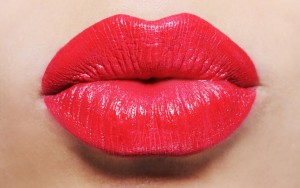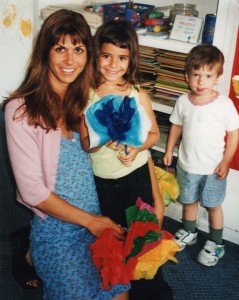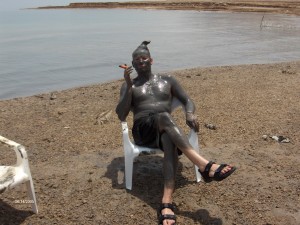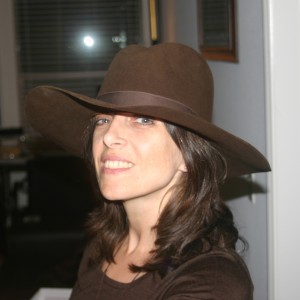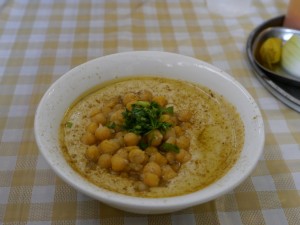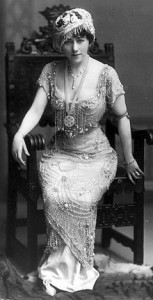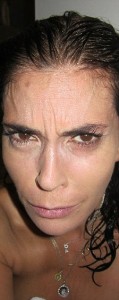The perfect lips?
I promised that I would write about the rest of the female body parts as so beautifully analyzed by Desmond Morris in his book, The Naked Woman, A Study of the Female Body. This time I’m happy to introduce one of my favorite topics, the female lips. If you’ve read either one of my books about wrinkles then you already know how I feel about the subject matter. But for the purpose of this blog, I will write about the author’s enlightening research, and indulge you with some very surprising facts as well as my own personal observations.
Humans are the only ones to have inverted lips in the animal kingdom. Primates for examples have the fleshy, shiny surface turned toward the outside, while ours is hidden from view. To answer the question of why our lips look different we must revert back to our evolutionary path. Morris explains that females have retained childlike features, known as neoteny, also a quality that enhances their appeal to males. For this reason their lips are more conspicuous, baby-like, thus drawing more attention to themselves. With the chimp embryo, the fetus at sixteen weeks old has a human-like mouth, sporting the big lips etc., but at twenty six weeks old those lips disappear and become dramatically thinner. However, with humans that initial fetal design of bigger, swollen lips is carried on. From an evolutionary perspective, the big lips serve us well when having to cling onto our mother’s breast to feed on milk.
Why do our lips still remain the same when we are no longer in need of our mother’s breast?
